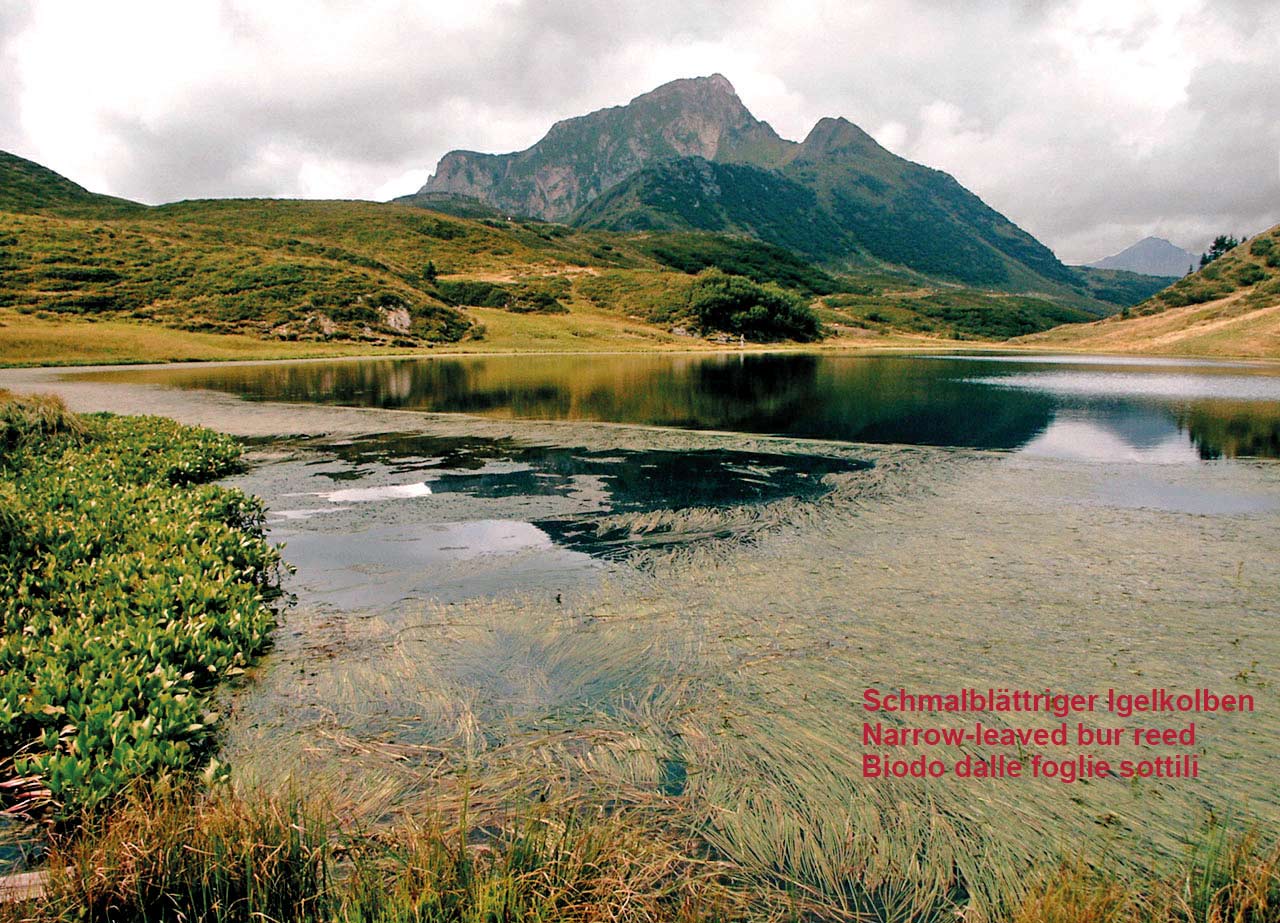Lake Zollnersee has the local geology to thank for its formation. The glacier of the last Ice Age carved out a hollow in the shale now underlying the lake. This impermeable black rock prevents the water from seeping away as well as forming the surrounding hills. They are among the oldest in the Lake Zollnersee region, going back some 410 million years. Lake Zollnersee was declared a natural monument in 1985 due to its scenic beauty. However, the siltation process is well underway and the lake is slowly developing into moorland. The lake reaches a maximum depth of 3 m and provides a habitat for rare plants and animals. The presence of the narrow-leaved bur reed and Alpine pondweed should be highlighted. In terms of the animal world, the lake is a popular spawning ground for the Alpine newt.
Search
Recent Posts
- The temporary exhibition “The Wonders of the Underworld – Ampezzo, 20th June 2020
- The Geological Museum in Ampezzo opens next Saturday
- The temporary exhibition “Fossil fish from the Friulian Alps” opens again
- Coronavirus Emergency – extraordinary closing
- Presentation conference – book “INSIDE THE CARNIC ALPS” – Udine, 25th June 2019

